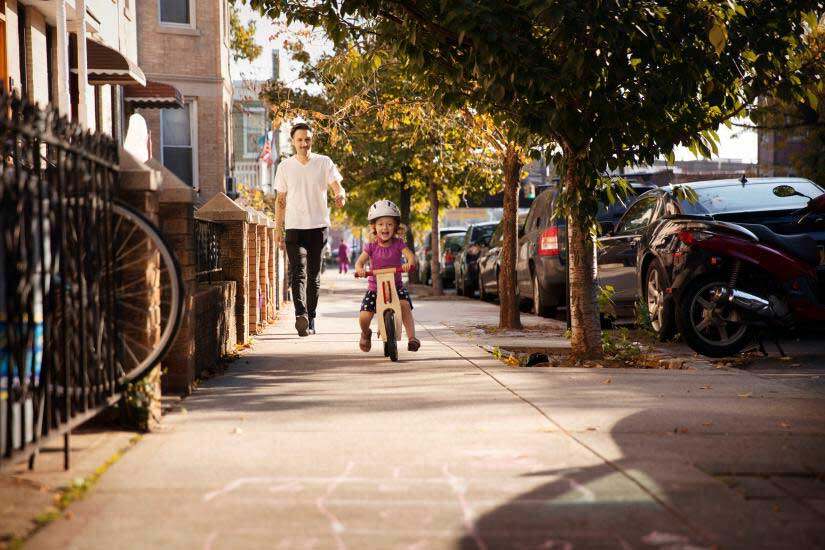The urban landscape, with its concrete jungles and constant hum, poses a range of challenges that could potentially impede a child’s growth and development.


It is expected that by 2030, more than 60% of the world’s population will live in urban areas. New research highlights the wide range of urban exposures during early childhood, from air and noise pollution to overcrowding and limited green space, that can influence growth and development.
The first 2000 days of life, from conception to five, are recognised as a critical period that impacts physical, cognitive, social and emotional health outcomes across a lifetime. Understanding the health risks of urban living can inform the design and planning of urban environments to improve these outcomes.
The research was led by Dr Erica McIntyre from the University of Technology Sydney (UTS) Institute for Sustainable Futures, in collaboration with colleagues from the UTS Faculty of Health, University of Queensland, Macquarie University, UNSW Sydney and the South Western and South Eastern Sydney Local Health Districts.
The scoping review was recently published in the Journal of Public Health and Research Practice. It pulled together research from 235 articles across 41 countries and highlighted 7 key areas of environmental exposure that can have an impact on development.
The key areas are air pollution; energy-based pollution including noise pollution; atmosphere, chemical and metal exposure; neighbourhood-built and natural environment features; community conditions; and residential living conditions.
“Urban planners and policymakers need to recognise the role that everyday urban environments provide as a foundation for health and wellbeing.”
-Dr Erica McIntyre
One of the most investigated concerns was air pollution. Exposure to pollutants like particulate matter and toxins emitted from vehicles and industry can lead to respiratory problems such as asthma and have long-term consequences on neurological development.
The scarcity of green and blue spaces in many urban settings was another area of investigation. Lack of access to parks, gardens, and natural surroundings can deprive young children of crucial sensory experiences and opportunities for exploration, which impacts physical and cognitive development.
Given the increasing prevalence of mental health conditions in children and teenagers, the researchers also highlighted the need to better understand aspects of urban design – such as access to green space – that may promote mental health.


Social isolation and limited community support are also challenges faced by families in urban areas. The fast-paced nature of city life often leaves parents and carers feeling disconnected and overwhelmed, lacking the vital support networks crucial for healthy infant development.
“Urban planners and policymakers need to recognise the role that everyday urban environments provide as a foundation for health and wellbeing,” Dr McIntyre said.
“Incorporating child-friendly designs, advocating for more green spaces, noise and pollution-reduction measures, and walkable neighbourhoods that encourage physical activity are just some of the measures that help create environments conducive to healthy child development.”
The study highlights initiatives such as The First 2000 Days Framework, established by NSW Health, that are emerging to address the importance of early life exposures on health and wellbeing, and guide actions to ensure children have the best possible start in life.
“Efforts to enhance community engagement and support systems for parents and carers can make a real difference. Programs providing parenting classes, playgroups, and community centres can foster connections and support networks crucial for navigating the challenges of parenting.”
Innovations in technology also offer potential solutions. Advancements in soundproofing materials, air filtration systems, and urban design strategies are being explored to create healthier urban environments conducive to improved health and wellbeing outcomes.
Dr McIntyre emphasises the need for further research, policy advocacy, and community involvement to address the challenges faced by families raising children in urban settings.
“While the vibrancy of urban living offers numerous opportunities, such as access to quality healthcare, it also presents significant challenges. By highlighting these challenges, the review aims to inform research priorities that can guide urban planning and health policy,” she said.








































